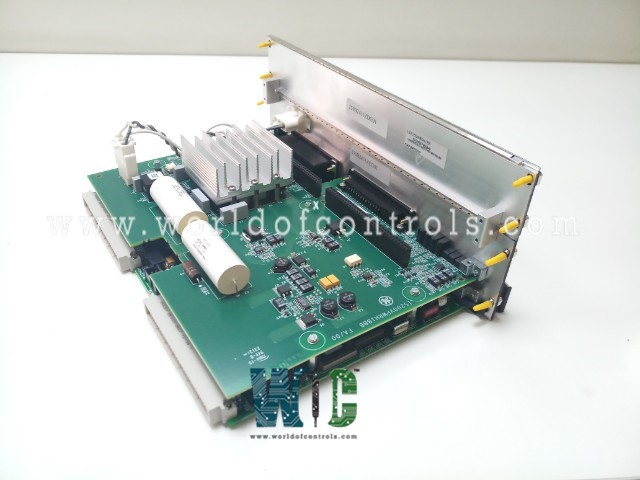
World Of Controls understands the criticality of your requirement and works towards reducing the lead time as much as possible.
IS215VPROH1BD - Emergency Turbine Protection Module is available in stock which ships the same day.
IS215VPROH1BD - Emergency Turbine Protection Module comes in UNUSED as well as REBUILT condition.
To avail our best deals for IS215VPROH1BD - Emergency Turbine Protection Module, contact us and we will get back to you within 24 hours.
Part No.: IS215VPROH1BD
Manufacturer: General Electric
Country of Manufacture: United States of America (USA)
Frame Rate Up to 100 Hz
MPU Pulse Rate Range 2 Hz to 20 kHz
Input supply: 125 V dc (70-145 V dc)
Output: 5 V dc and 28 V dc
Product Type: Emergency Turbine Protection Module
Availability: In Stock
Series: Mark VI
IS215VPROH1BD is a Emergency Turbine Protection Module developed by GE. It is a part of Mark VI control system. The Emergency Turbine Protection board, along with its associated terminal boards (TPRO and TREG), constitutes a critical component of the emergency overspeed protection system, ensuring the safety and integrity of turbine operations.� The VPRO board, along with the TPRO and TREG terminal boards, establishes an independent emergency overspeed protection system. This system operates redundantly to safeguard against potential overspeed conditions, which pose significant risks to turbine operations and personnel safety.
The WOC team is always available to help you with your Mark VI requirements. For more information, please contact WOC.
What is IS215VPROH1BD?
It is a high-speed serial-link interface board developed by GE under the Mark VI series.
What is the purpose of the ID device on the TPRO and TREG terminal board connectors?
The ID device serves as a crucial identification component that provides essential information about the terminal board. It includes details such as the serial number, board type, revision number, and plug location.
How does the ID device function?
The ID device is a read-only chip that stores encoded information about the terminal board. When the chip is interrogated by the I/O board, it retrieves this information, enabling the system to identify and verify the terminal board's specifications.
What happens if a mismatch is detected during interrogation?
In the event of a mismatch between the information retrieved from the ID device and the expected specifications, a hardware incompatibility fault is generated. This fault alerts the system to a potential issue, prompting further investigation and resolution.
Why is the ID device important for system integrity?
The ID device plays a crucial role in ensuring system integrity and compatibility. By providing accurate information about the terminal board, it helps prevent compatibility issues and ensures that components are properly matched and configured within the system.